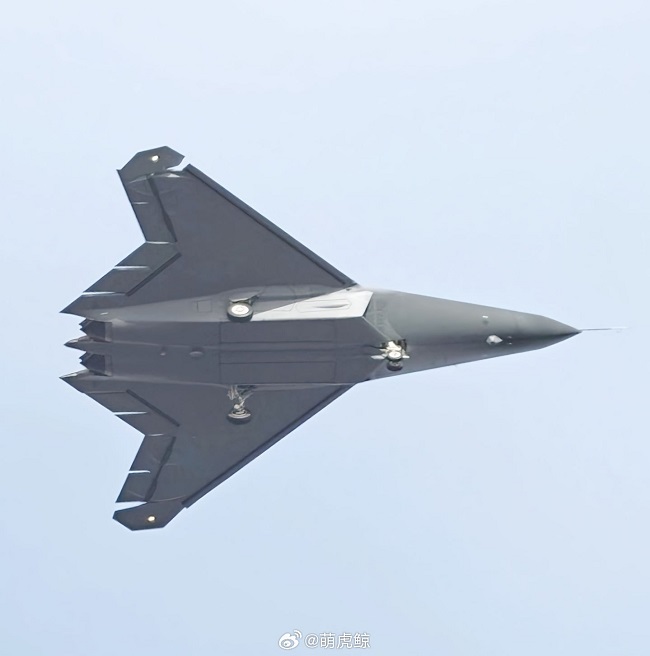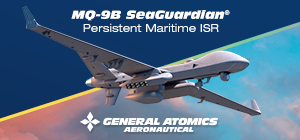
During the second week of May, fresh images surfaced of China’s Shenyang J-50 fighter jet, providing new insights into its design and technological innovations.
One standout feature is the exhaust system, which closely mirrors the F-22’s with its two-axis vector thrust control and infrared shielding to reduce thermal visibility. While the basic wing design is not revolutionary, utilizing a “lambda” shape that boosts aerodynamic efficiency and lowers radar profile, its most remarkable advancement is the fully mobile adaptive wing tips. These appear to be unique and significantly enhance low-speed maneuverability, potentially improving load distribution and fuel economy across various flight regimes.
Unlike traditional or even semi-active variable wing tips — such as those on the J-36 — these can reportedly move independently, representing a major leap in flight control versatility. The air intake configuration also differs from previous models like the J-36. The J-50 features two ventral DSI-type intakes arranged in a V-shape, forgoing the previous upper DSI intake and signaling a new approach to engine airflow and stealth.
The landing gear retracts sideways into compartments likely positioned above side weapon bays, reminiscent of the J-20, suggesting the J-50 is equipped with four internal bays. The side bays seem smaller, probably tailored for short-range munitions or guided bombs, and feature conspicuous protrusions that might house advanced sensors.
The cockpit design further enhances the aircraft’s performance, with a sleek, raised teardrop canopy offering the pilot improved visibility - a clear indicator of its air-to-air combat emphasis, despite speculation about remote operation.
Given the visible pitot tube and prototype characteristics, the J-50 may still be in the developmental phase, potentially serving as a testbed for cost-effective, low-maintenance technologies. If successful, the J-50 could become the cornerstone of China’s next-generation fighter fleet, filling a role similar to the F-35 in the US, while the more advanced and specialized J-36 would likely see more limited service.








.png)
